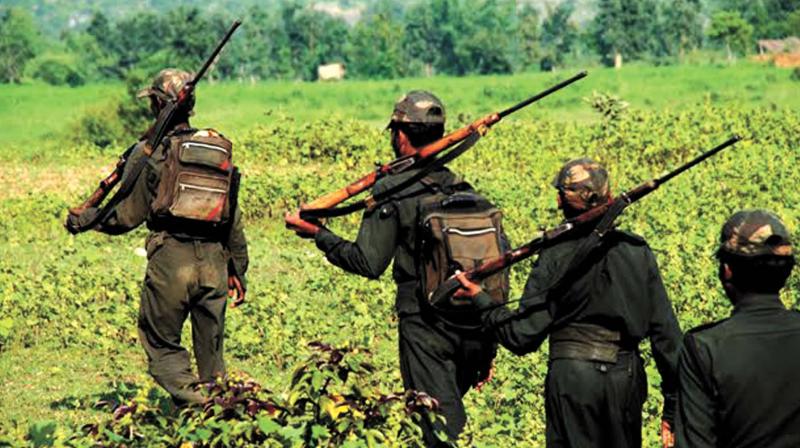Bhubaneswar: The recent decision of the state government to remove five districts from the list of Security Related Expenditure (SRE), a central scheme exclusively meant for capacity building in Maoist-hit districts, is an indication of the waning Mao activities in Odisha. Once the Ministry of Home Affairs (MHA) approves the state’s proposal, the number of districts under SRE will come down to 10 from 15. Earlier, six districts, Jajpur, Dhenkanal, Keonjhar, Mayurbhanj, Gajapati and Ganjam had been knocked off from the list by the Centre in 2018.
Experts, however, warn against complacency creeping in the government, arguing that the districts so removed were mainly extended Maoist zones and the government should continue to zero in on ultras in the core areas.
Noted Left Wing Extremism (LWE) expert and Assistant Professor of Political Science at the Sambalpur University, Rajat Kumar Kujur, said “Though the removal of Angul, Boudh, Sambalpur, Deogarh and Nayagarh from SRE list is a significant achievement for security forces, the Maoists still have a strong presence in the border areas of Malkangiri and Bisra, Jereikela, Birmitrapur in Sundargarh. Now it is the duty of the government to convert these short-term gains into long-term successes by continuing development work in the hinterlands and intensifying operations by the security forces.”
Maoist outfits in Sundargarh had extended their activities to the neighbouring areas of Sambalpur while the Reds in Keonjhar had extended their grip to Deogarh, Angul and Dhenkanal.
Naxals operating in Kandhamal had engaged in various violent activities in Nayagarh district. Experts also warned that Maoists could exploit the current situation to regain their foothold by recruiting migrants returning to native places in the wake of the pandemic. The ultras can offer money to distressed returnees to entice them into their fold. Maoists in Chhattisgarh were found ferrying stranded migrants to their native districts to fetch sympathy of tribals. The Reds generally use cultivation season from June to September as the recruitment period.
Kujur asserted that security forces had to break the recruitment process to foil their search bid to fill the vacuum of able leadership in Odisha.
The danger of Maoists regrouping themselves cannot be ruled out keeping in view the history of insurgency in India since independence.
“The geography of Malkangiri, Sundargarh will remain advantageous for Maoists because of rivers and dense forests. Security forces should continue their operations aggressively to eliminate the ultras,” Bipin Bihari Mishra, ex-DG, told this paper. The security forces have succeeded in thwarting Maoist activities in districts over past few years.
Security experts have, however, cited five major reasons behind the dwindling presence of Maoists in the state. They include intensified anti-LWE operation, lack of local leadership to guide the militias, lucrative rehabilitation policy, disillusionment of the lower rung militia with the higher-ups and tribals’ support for development process.
The construction of Gurupriya Setu joining the cut-off areas to mainland has opened development opportunities for tribals. In a first of its kind incident, tribals in Janturai village in Swabhiman Anchal lynched a Maoist leader indicating the former’s disillusionment towards LWEs.
Gyan Ranjan Mohapatra, OP
